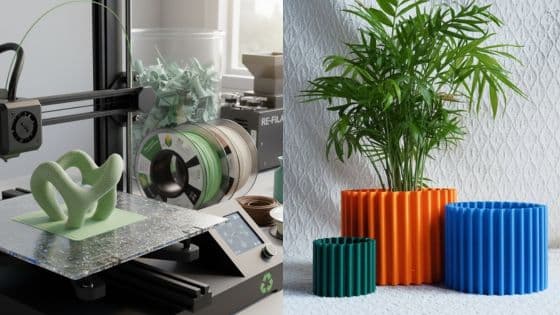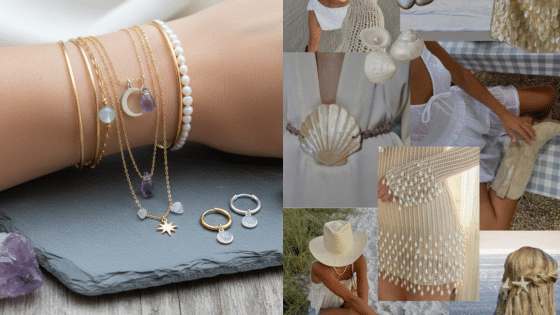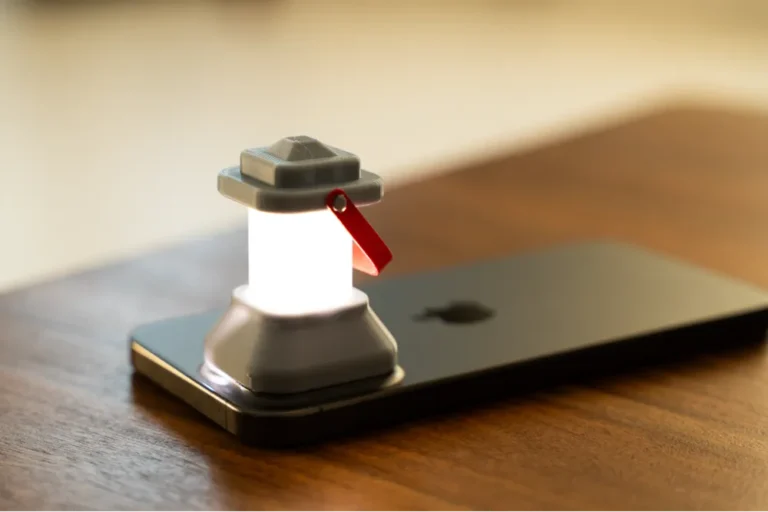Creative inspiration doesn’t happen by accident—it comes from actively seeking out diverse sources that challenge your perspective and expand your artistic vision. Whether you’re a graphic designer working on your next project or a fine artist exploring new techniques, the world around you offers countless opportunities to spark fresh ideas.
The key to maintaining consistent creative flow lies in cultivating multiple sources of inspiration that resonate with your unique artistic voice. From the intricate patterns found in nature to the raw energy of urban environments, each source offers different textures and emotions that can transform your work. You’ll discover how everything from classical paintings to personal dream journals can fuel your creativity, while learning practical methods to capture and organize these moments of inspiration for future projects.
1) Nature’s Patterns and Textures
Nature offers an endless gallery of design inspiration right outside your door. From the spiral patterns of seashells to the branching networks of tree roots, natural forms provide a wealth of visual ideas.
You can find fractals everywhere in nature. These repeating patterns appear in tree branches, river systems, and snowflakes. They create visual depth and interest that translates beautifully into digital and architectural designs.
The textures around you are equally inspiring. Tree bark offers rough, organic surfaces while flower petals provide smooth, delicate forms. Water creates ripples and reflections that add movement to static designs.
Colors in nature work in perfect harmony. You’ll discover subtle gradients in sunset skies and bold contrasts in tropical flowers. These natural color palettes can guide your design choices and create more appealing compositions.
Observe how leaves arrange themselves or how honey forms hexagonal patterns. These structures solve complex problems efficiently. You can apply these same principles to create more functional and sustainable designs in your work.
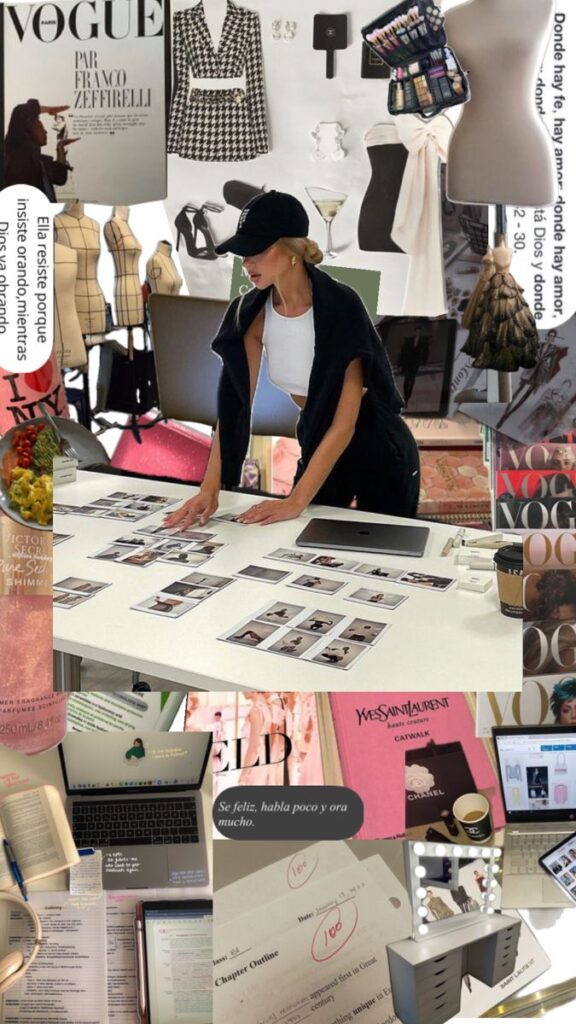
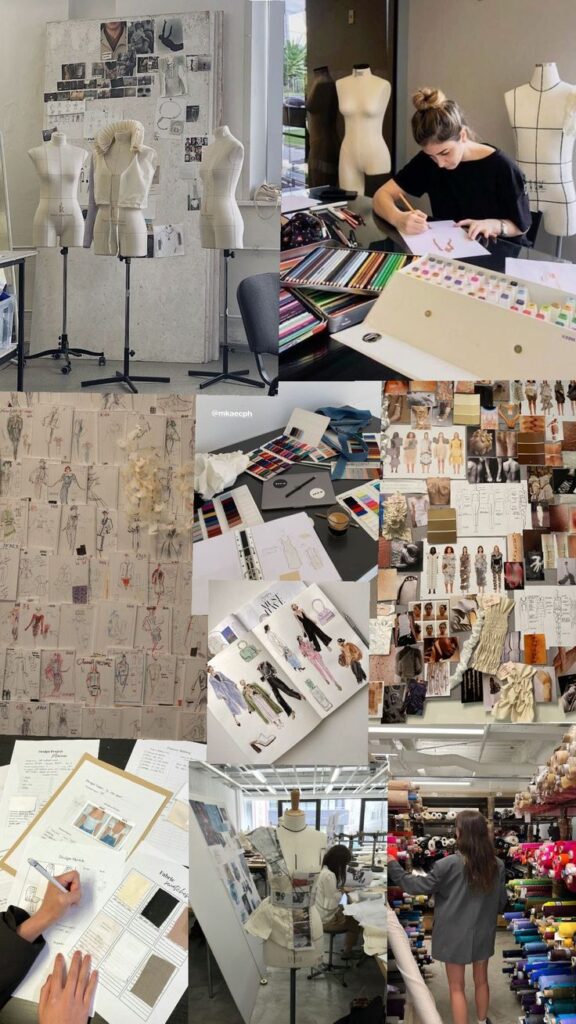
2) Street Art and Urban Environments
Cities offer endless creative possibilities for artists and designers. Walking through different neighborhoods exposes you to diverse architectural styles, vibrant street art, and dynamic cultural expressions.
Street art serves as a powerful source of modern inspiration. Murals, graffiti, and stencil art transform ordinary walls into thought-provoking canvases that challenge traditional artistic boundaries.
You can discover local creativity by exploring pop-up exhibitions and community art installations. These displays showcase emerging talent and reflect the unique character of each neighborhood.
Urban environments provide dynamic contrasts that spark innovation. The bustling energy of city life, from busy markets to crowded cafés, offers a different perspective compared to quieter natural settings.
Street artists use various techniques like stenciling and collage art to create impactful pieces. These methods have influenced fashion designers and creative professionals across multiple industries.
Mural festivals and street art exhibitions create platforms for artistic exchange. These events connect artists with audiences while celebrating the collective power of urban artistic expression.
Pay attention to the diversity of people and activities around you. Cities blend different cultures, styles, and perspectives that can fuel your next creative project.
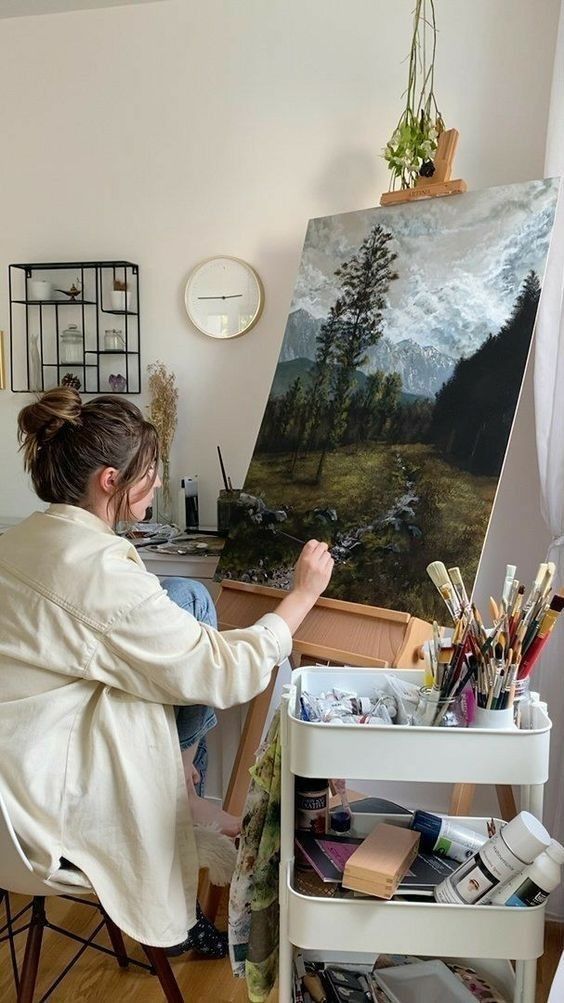
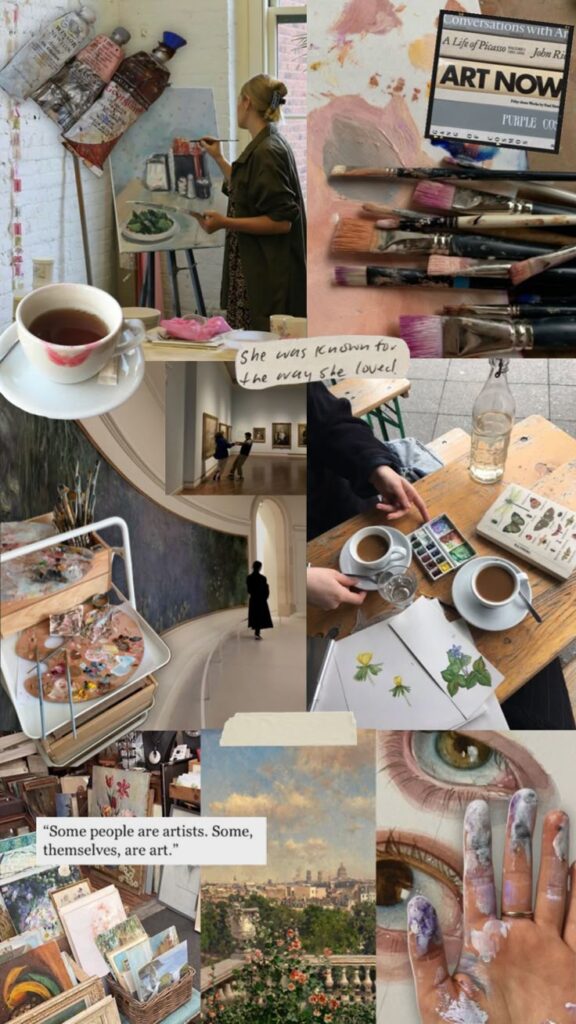
3) Classic and Contemporary Paintings
Classic paintings offer you a rich foundation of artistic techniques and visual concepts. You can study the brushwork of masters like Van Gogh or the composition methods of Renaissance artists.
Contemporary paintings show you how traditional techniques adapt to modern themes. These works demonstrate fresh approaches to color, form, and subject matter.
You can reinterpret classic masterpieces through your own artistic lens. Many successful artists create modern versions of famous works by adding personal style elements.
Visual processing happens 60,000 times faster than text processing in your brain. This makes paintings particularly powerful sources of inspiration for creative work.
Contemporary artists often blend historical art studies with current cultural influences. You can follow this approach by combining classical techniques with modern design trends.
Classic art extends beyond gallery walls into product design and commercial spaces. You can apply painting techniques and color palettes to various design projects.
Different artistic periods offer unique visual languages you can incorporate. Study Impressionist light techniques or Abstract Expressionist color relationships for your projects.
Both classic and contemporary paintings provide endless reference material for composition, color theory, and creative problem-solving approaches.
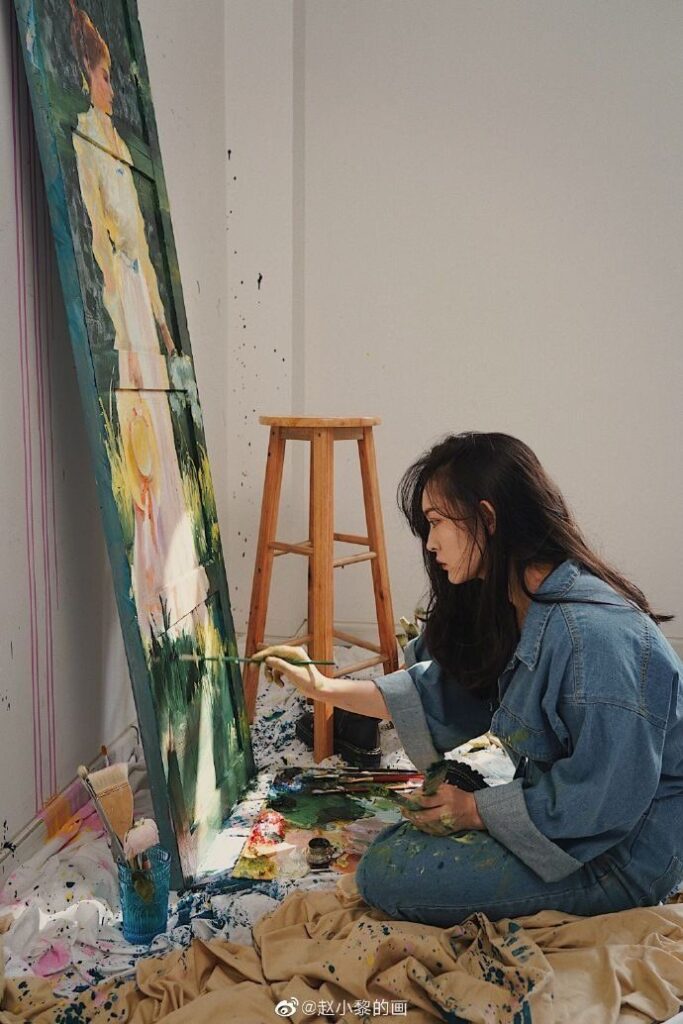
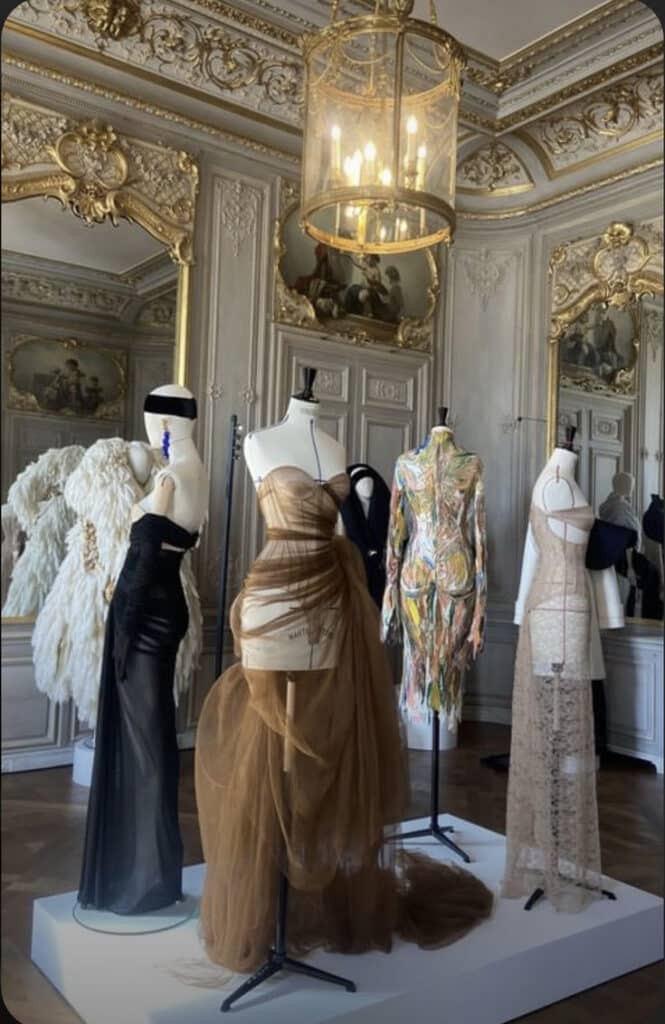
4) Literature and Poetry
Books and poetry offer endless creative possibilities for your artistic work. The written word can transport you to different worlds and challenge your perspective in ways that directly fuel your creativity.
Classic novels provide rich narratives and character archetypes that you can interpret visually. Whether you’re drawn to the gothic atmosphere of Victorian literature or the colorful characters in modern fiction, these stories give you concrete themes to explore.
Poetry offers concentrated emotion and imagery that translates beautifully into visual art. A single line from a poem can spark an entire series of paintings or designs.
Historical texts help you understand different time periods and cultural contexts. This knowledge adds depth and authenticity to your work when you want to capture the spirit of a specific era.
You can read interviews with other artists to learn how they use literature as inspiration. Many famous creators have drawn from philosophical texts, plays, and essays to deepen their understanding of human experience.
The key is finding literature that resonates with your personal artistic vision. A single sentence or compelling character description might provide the perfect starting point for your next creative project.
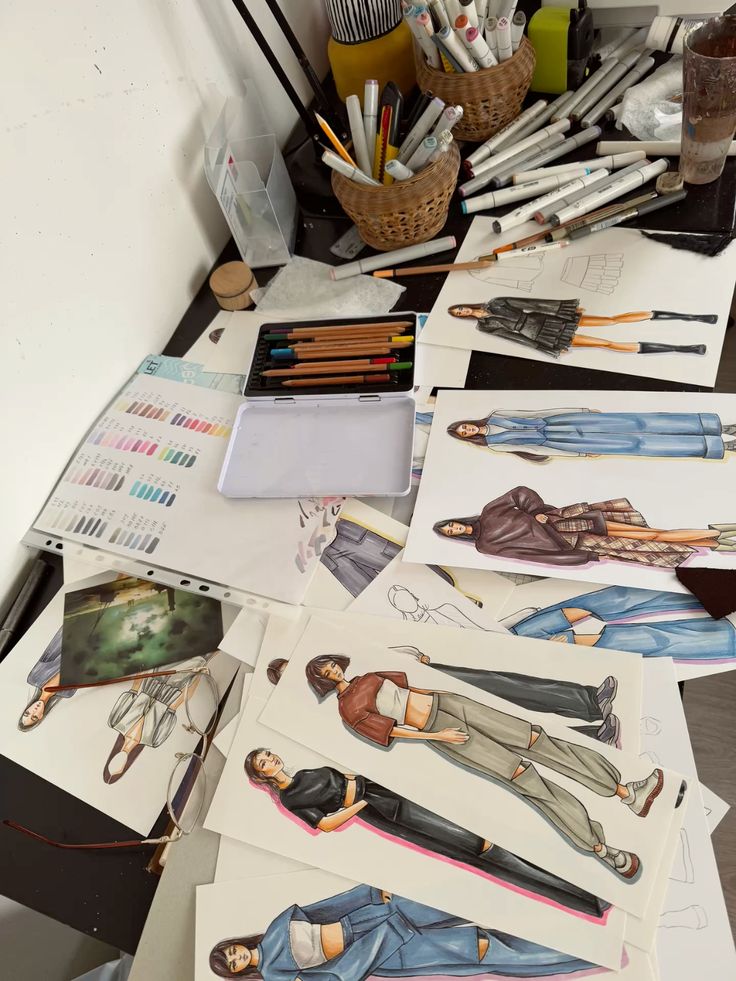
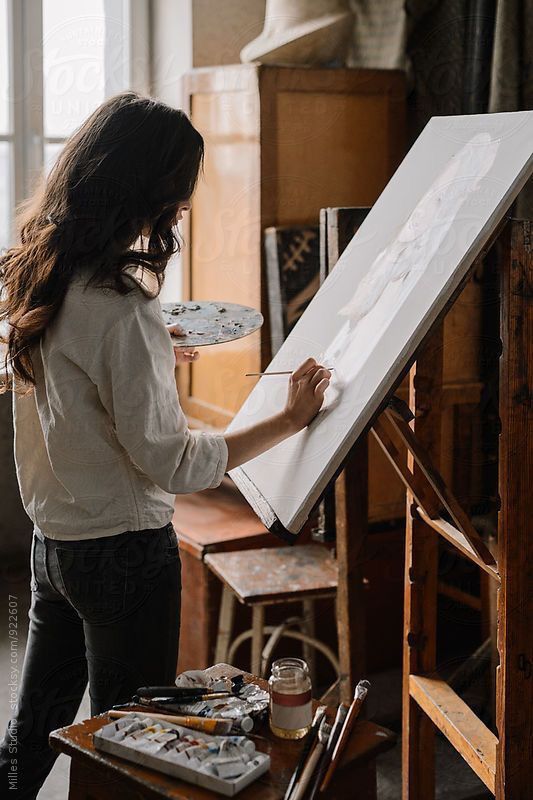
5) Collaborations with Fellow Creatives
Working with other designers and artists opens doors to fresh perspectives you might never discover alone. Each collaborator brings unique skills, experiences, and creative approaches that can transform your work.
You’ll find that brainstorming sessions with peers often generate ideas neither of you would have reached independently. Different backgrounds and specialties create powerful creative chemistry.
Consider partnering with artists from other disciplines. A graphic designer collaborating with a textile artist might discover new texture applications. An architect working with a sculptor could explore innovative spatial concepts.
Cross-industry partnerships prove especially valuable. Fashion designers working with visual artists have created iconic wearable art pieces that blur the lines between clothing and artistic expression.
You can start small by joining local creative groups or online communities. Share works-in-progress and invite feedback that sparks new directions.
Mentorship relationships also provide inspiration. Learning from experienced creatives exposes you to established techniques while sharing your fresh perspective can reinvigorate their approach.
The key is staying open to different viewpoints and creative processes. Your collaborators’ methods might challenge your usual workflow in ways that lead to breakthrough moments.
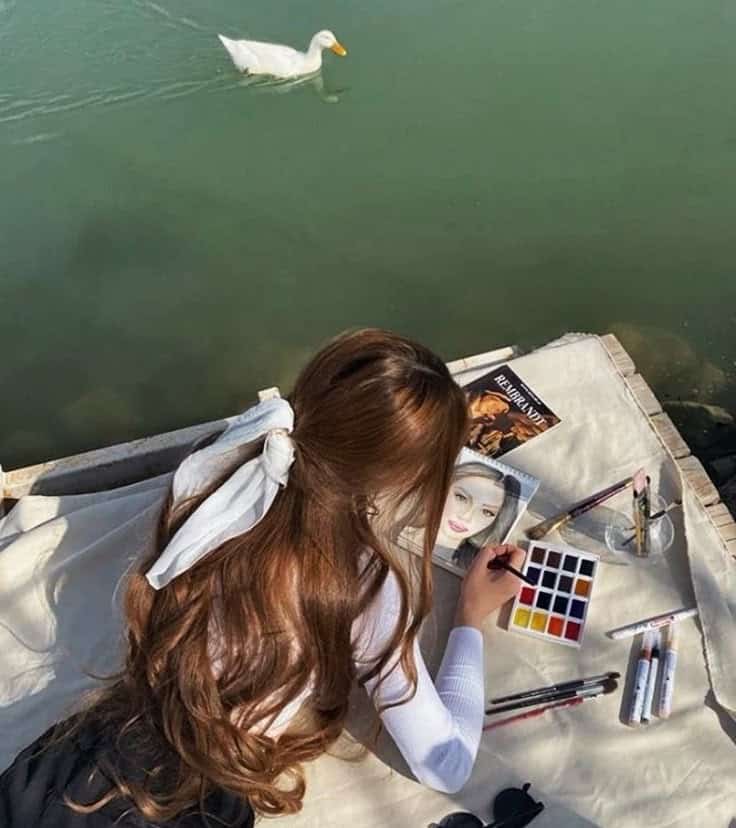
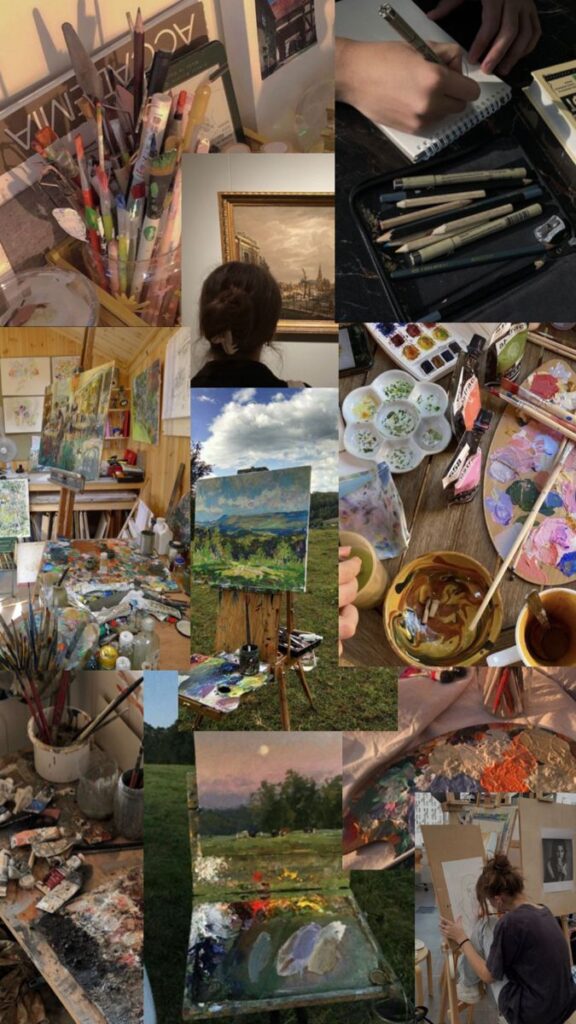
6) Dream Journals and Night Visions
Your dreams offer unlimited creative potential that most designers overlook. The subconscious mind generates vivid imagery, unique color combinations, and surreal compositions during sleep.
Keeping a dream journal beside your bed helps capture these fleeting visions. Write down or sketch what you remember immediately upon waking, before the details fade.
Dreams often produce imagery that translates directly into visual concepts. You might discover unexpected patterns, characters, or emotional themes that spark new design directions.
Famous artists like Salvador Dalí and Max Ernst drew heavily from their dreams. Even filmmaker Christopher Nolan wrote the first draft of “Inception” after experiencing a lucid dream.
Your nocturnal visions can fuel various creative forms. Use dream imagery for paintings, photography themes, sculpture concepts, or graphic design elements.
Look for recurring symbols or emotions in your dream records. These patterns might reveal deeper sources of inspiration or underlying creative themes worth exploring.
Consider using artistic approaches in your dream journal. Combine sketches, color swatches, and written descriptions to capture the full essence of your dream experiences.
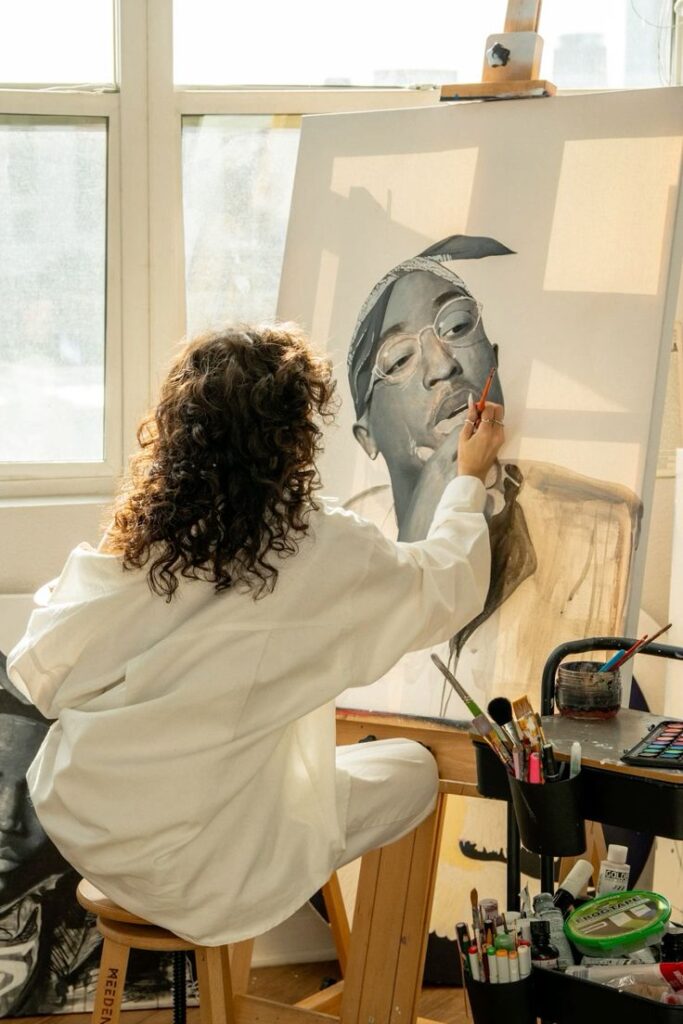
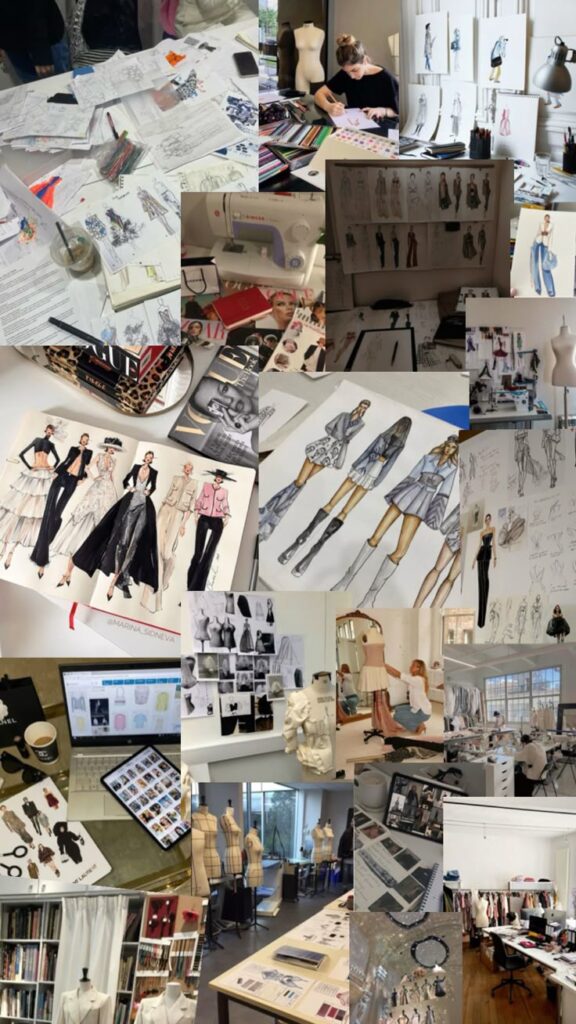
7) Music and Soundscapes
Music serves as one of the most powerful sources of creative inspiration for designers and artists across all disciplines. The rhythm, melody, and emotional depth found in different genres can spark fresh ideas for your visual work.
You can explore various music genres to discover new approaches to color, composition, and movement. Electronic music might inspire geometric patterns, while classical compositions could influence flowing, organic designs.
Many renowned design agencies curate specific playlists to fuel their creative process. You can follow these professionals on Spotify to access their carefully selected tracks that boost creativity during work sessions.
Soundscapes offer another rich avenue for inspiration. Ambient sounds, nature recordings, and experimental audio can help you visualize textures, atmospheres, and spatial relationships in your artwork.
Contemporary sound artists are creating immersive experiences that blend audio with visual elements. These multimedia works can show you new ways to think about how different senses interact in design.
You can also collaborate with musicians or sound designers to create full sensory experiences. This cross-disciplinary approach often leads to innovative solutions and unexpected creative breakthroughs in your artistic practice.
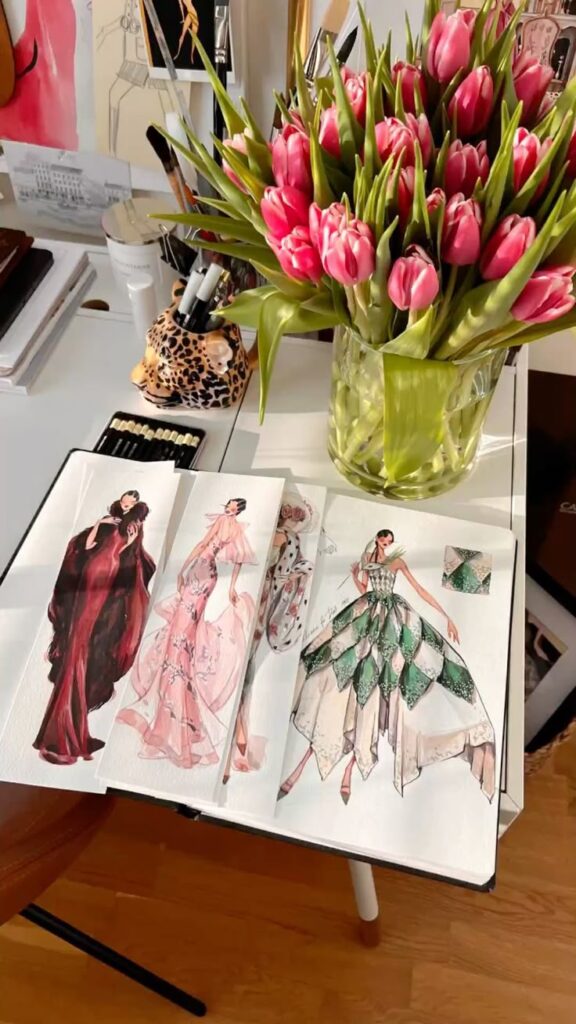
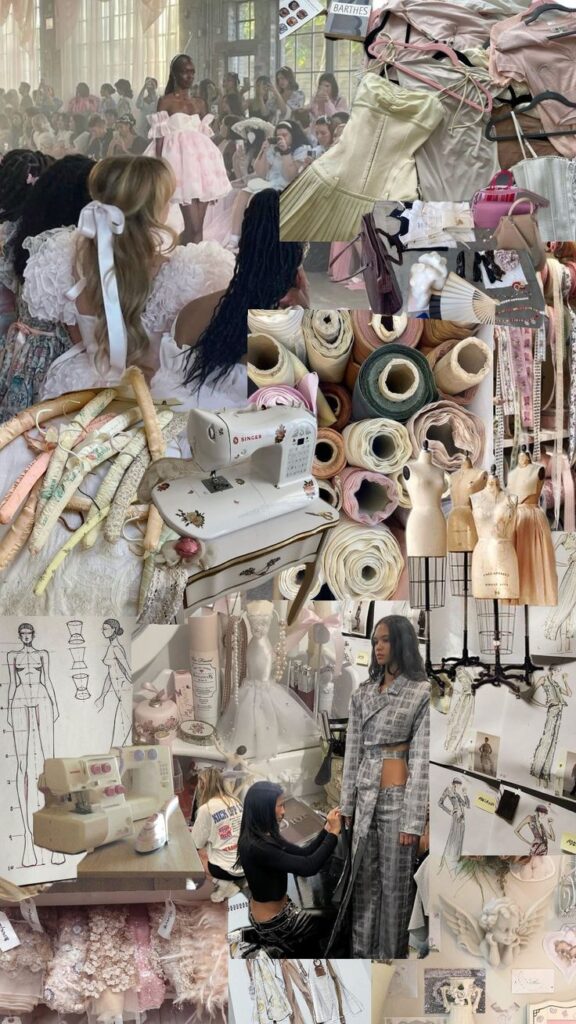
8) Photography of Everyday Life
Everyday photography captures the beauty hidden in ordinary moments. You can find inspiration by documenting simple activities like making coffee, walking to work, or watching people at a bus stop.
Your daily routine offers countless creative opportunities. The way morning light hits your kitchen counter or shadows fall across a sidewalk can spark new design ideas.
Street photography shows real human experiences and emotions. You can observe how people interact with their environment and use these authentic moments in your creative work.
Mundane objects become interesting when viewed through a camera lens. A stack of books, kitchen utensils, or even discarded items can inspire color palettes, textures, and compositions.
Look for patterns in everyday scenes. Repetitive elements like fence posts, window grids, or tire tracks create visual rhythm that translates well into design projects.
Document fleeting moments that might otherwise go unnoticed. These candid shots often contain genuine emotions and storytelling elements that can inform your artistic vision.
Your personal perspective makes ordinary scenes unique. The same street corner photographed by different people will yield completely different creative inspiration based on individual viewpoints and experiences.
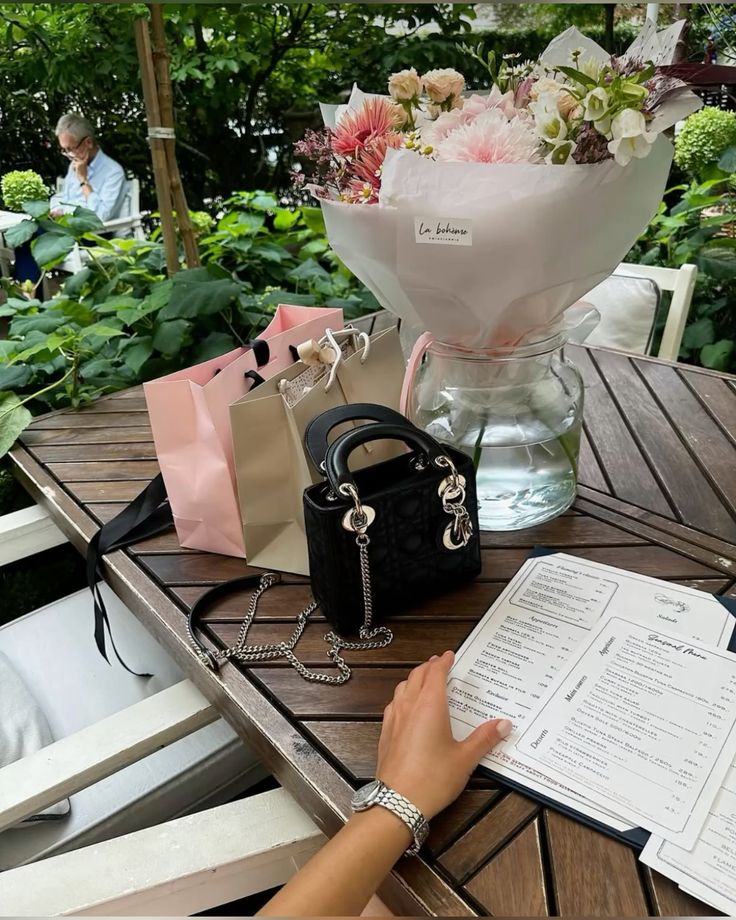
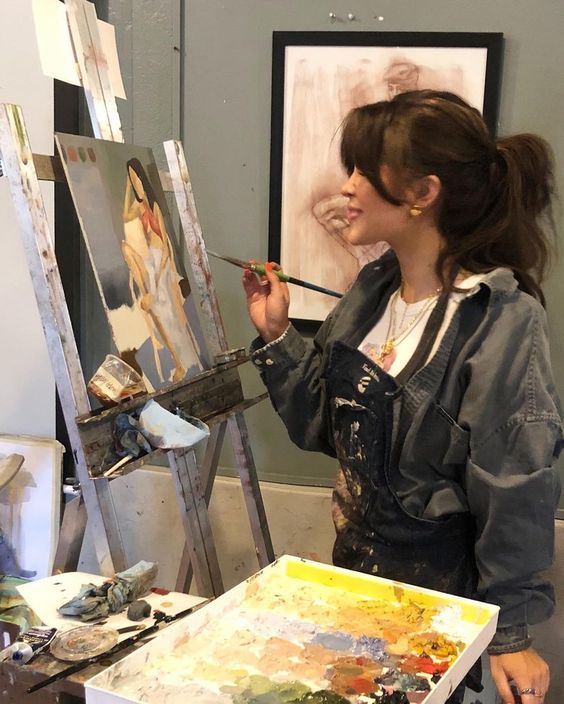
9) Historical Architecture
Historical architecture offers you an endless source of design inspiration across different periods and styles. You can draw from the symmetrical proportions of classical Greek temples or the intricate details of Gothic cathedrals.
Ancient civilizations provide rich visual cues through their bold geometries and innovative construction methods. Roman arches, Egyptian pyramids, and Byzantine domes each offer unique design elements you can adapt for modern projects.
The craftsmanship and design philosophies of past eras continue to influence contemporary work. You’ll find that historical buildings demonstrate timeless principles of proportion, scale, and material use that remain relevant today.
Different architectural periods offer distinct characteristics you can incorporate into your designs. Renaissance palettes, Art Deco patterns, and Victorian ornamentation each provide specific aesthetic elements to explore.
You can study historical architecture through various sources including books, websites, and virtual tours of famous buildings. Museums and architectural sites also provide direct access to historical design elements.
The influence of historical architecture extends beyond buildings into interior design, furniture, and decorative arts. You can apply historical motifs, color schemes, and structural elements to create designs that connect past and present.
10) Emotions and Personal Experiences
Your inner emotional landscape serves as one of the most powerful sources of creative inspiration. When you tap into your feelings, memories, and personal journey, you create authentic work that resonates deeply with others.
Drawing from your own experiences allows you to translate raw emotions directly into your art or designs. These personal moments become the foundation for meaningful creative expression.
Your memories hold unique perspectives that only you can share. Whether it’s a childhood moment, a significant relationship, or a challenging period in your life, these experiences provide rich material for your creative work.
Processing emotions through your art can be therapeutic and transformative. You can channel feelings like joy, sadness, anger, or nostalgia into visual elements that communicate these experiences to your audience.
Your psychological states during different life phases offer distinct creative opportunities. Times of change, growth, or reflection often produce your most compelling and honest artistic work.
Personal experiences make your work stand out because they’re uniquely yours. No other artist has lived your exact life or felt emotions in precisely the same way you have.
Understanding the Roots of Artistic Inspiration
Creative inspiration emerges from deeply personal sources within your life experiences and emotional landscape. The most authentic artistic work often stems from moments that have shaped your perspective and feelings that demand expression through creative means.
The Role of Personal Experiences
Your life experiences serve as a treasure trove of creative material waiting to be transformed into art. Childhood memories, family traditions, and cultural background provide rich textures that shape your unique artistic voice.
Travel experiences expose you to new perspectives and visual languages. The architecture of a foreign city or the colors of a distant landscape can influence your work for years.
Professional experiences also fuel creativity. Your career path, workplace interactions, and industry observations offer authentic material that resonates with audiences facing similar situations.
Personal relationships create emotional depth in your work. The dynamics between friends, romantic partners, and family members provide endless narrative possibilities and character studies.
Life transitions like moving homes, changing careers, or major milestones generate powerful creative energy. These moments of change often produce the most compelling artistic breakthroughs.
Document your experiences through sketches, photos, or written notes. This practice creates a personal archive you can reference when seeking fresh creative directions.
Emotional Triggers and Creativity
Your emotional responses act as catalysts for artistic expression. Joy, anger, sadness, and fear each produce distinct creative outcomes that connect with viewers on visceral levels.
Strong emotions demand release through creative channels. When you feel overwhelmed by specific feelings, art becomes a natural outlet for processing these experiences.
Music, films, and literature trigger emotional responses that spark new ideas. A particular song’s mood or a film’s visual style can inspire entirely new creative directions.
Personal struggles often produce the most authentic work. Your battles with anxiety, loss, or self-doubt create art that speaks to universal human experiences.
Positive emotions like love and excitement generate different creative energy than negative ones. Understanding how various feelings influence your work helps you channel them intentionally.
Keep an emotion journal alongside your visual work. Track which feelings produce your strongest creative responses and use this knowledge strategically.
How to Stay Inspired Over Time
Maintaining creative inspiration requires consistent habits and effective strategies for working through difficult periods. The key lies in establishing daily practices that feed your creativity and developing tools to push through inevitable creative blocks.
Building Creative Habits
Daily creative rituals form the foundation of sustained inspiration. Set aside 15-30 minutes each morning for creative exploration, whether sketching, browsing design galleries, or studying color palettes.
Create a dedicated inspiration collection system. Use tools like Pinterest boards, mood boards, or digital folders to organize ideas by themes, colors, or styles. Review these collections weekly to spark new connections.
Diversify your input sources beyond your design field. Study architecture, fashion, nature photography, and industrial design. This cross-pollination generates unexpected creative solutions.
Schedule regular creative challenges for yourself. Try the 30-day logo challenge, daily color palette creation, or weekly typography experiments. These structured exercises keep your skills sharp and ideas flowing.
Protect your creative time from distractions. Turn off notifications, create a dedicated workspace, and treat this time as seriously as client meetings. Famous designers consistently emphasize the importance of guarding their creative hours.
Overcoming Creative Blocks
Change your environment when inspiration stalls. Work from a coffee shop, visit a museum, or take your sketchbook to a park. New surroundings often trigger fresh perspectives.
Use the 15-minute rule for breakthrough moments. Set a timer and force yourself to create anything for exactly 15 minutes. This removes pressure while often leading to unexpected breakthroughs.
Collaborate with other creatives to gain new viewpoints. Join design communities, attend local meetups, or partner with artists from different disciplines. Fresh perspectives break mental patterns.
Embrace play and experimentation without outcome pressure. Try new software, combine unexpected materials, or recreate designs in completely different styles. Playful exploration often unlocks serious creative solutions.
Keep an idea parking lot for concepts that don’t fit current projects. Review this collection during blocks – yesterday’s rejected idea might be today’s perfect solution.
- 0shares
- Facebook0
- Pinterest0
- Twitter0
- Reddit0










